Sommaire
GénérationHeetch or the difficulty of mobilising people, even with slacktivism

I. The system
Following a court ruling, Heetch decided to organise a digital demonstration. The venue is a site called GénérationHeetch. Once you click on "I'm taking part", you can choose your avatar from a whole range of options.
Once you click on "I'm taking part", you can choose your avatar from a whole range of options. Naturally, I took on the role of the person who was going to count the demonstrators. So I was left with two options: share the status on Twitter, share on Facebook or choose a politician to send a postcard.
Naturally, I took on the role of the person who was going to count the demonstrators. So I was left with two options: share the status on Twitter, share on Facebook or choose a politician to send a postcard. The politicians are mainly the presidential candidates.
The politicians are mainly the presidential candidates. In addition to the website, Heetch has also mobilised its supporters on Twitter via the Agora Pulse platform and Zendesk (a customer relations platform), encouraging them to join the movement.
In addition to the website, Heetch has also mobilised its supporters on Twitter via the Agora Pulse platform and Zendesk (a customer relations platform), encouraging them to join the movement.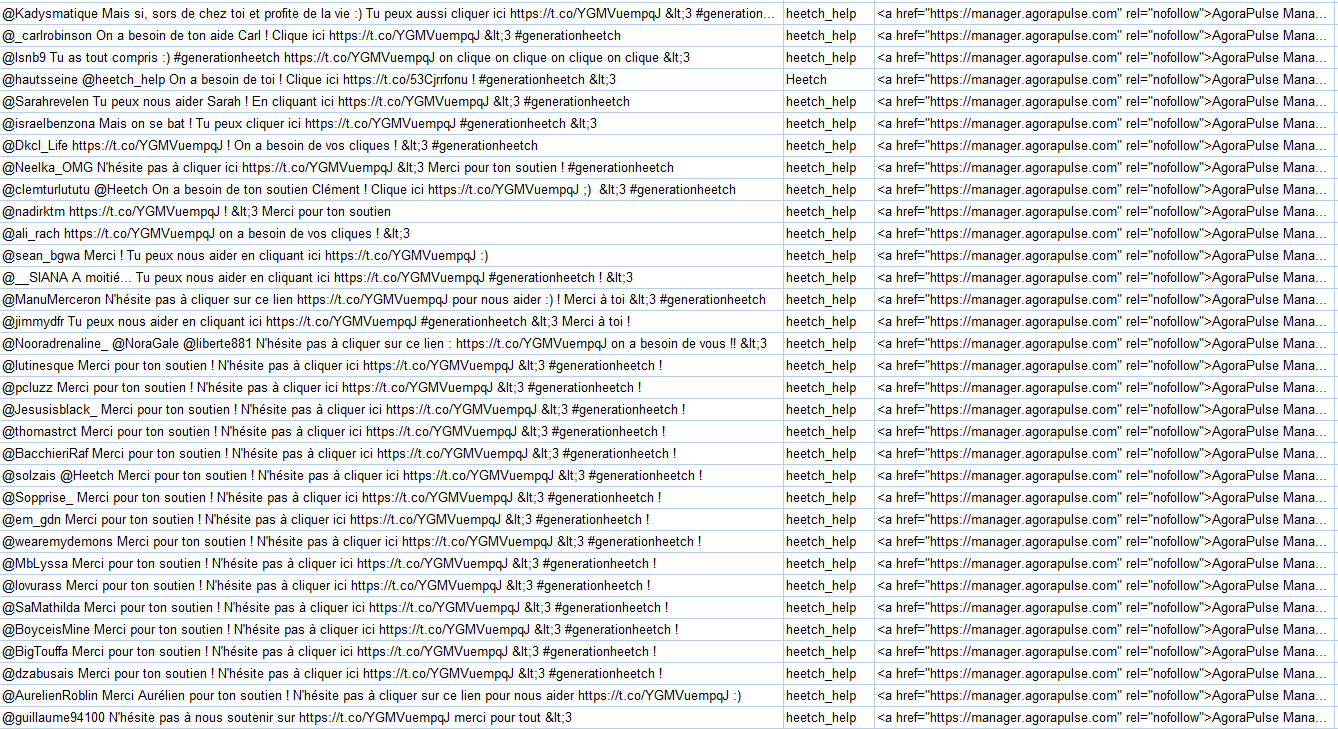
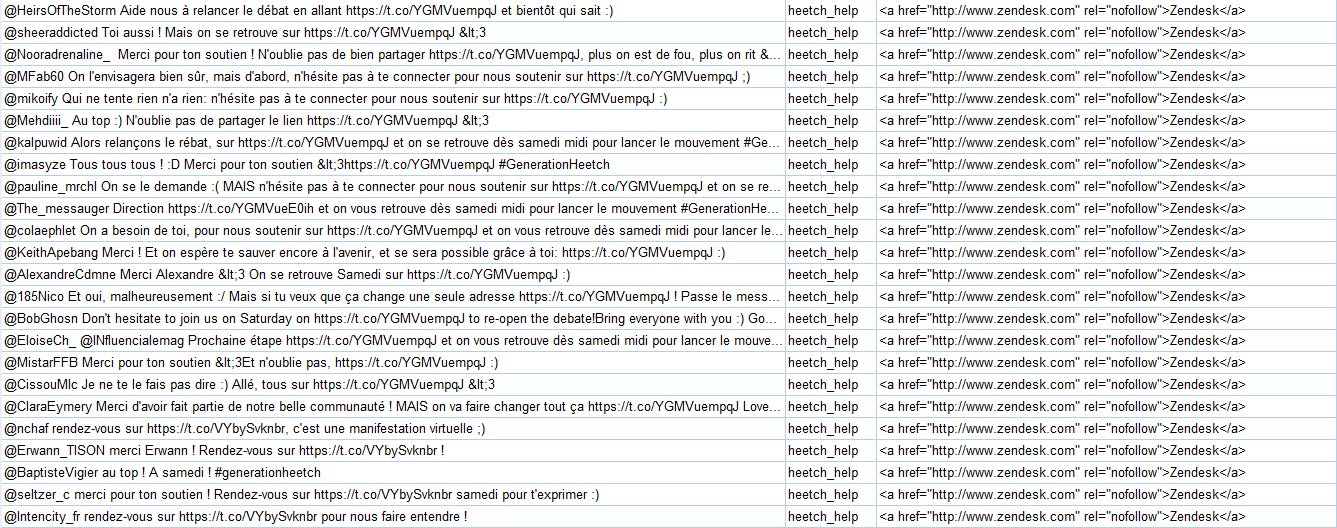 So that's it for the device.
So that's it for the device.II. Analysis
The initiative aroused little enthusiasm and can be described as a real flop without being harsh.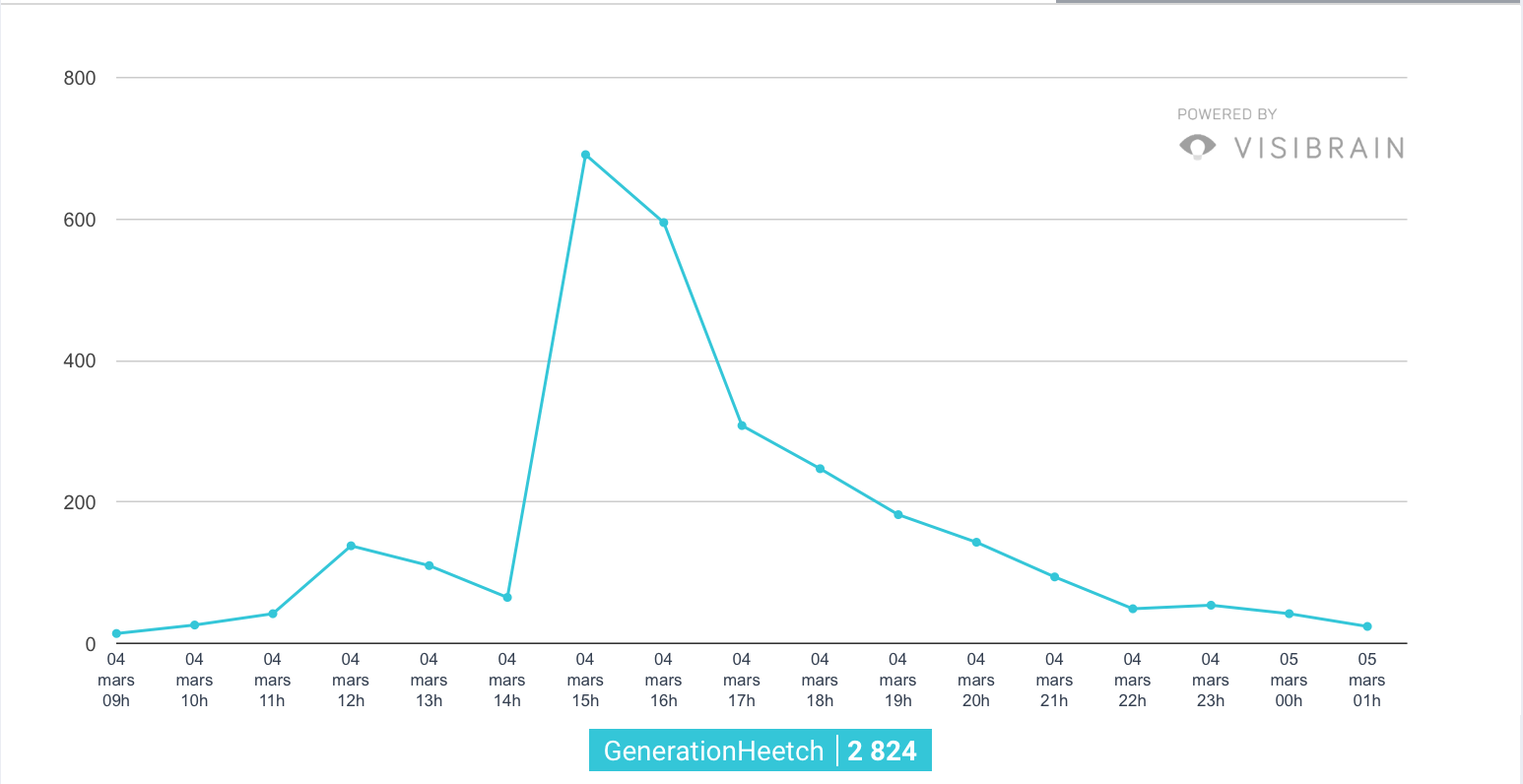
In terms of numbers, too, we're far from having hit the heights. Over the last 9 days, they have only reached 1,700 people, which seems low. Heetch's manoeuvres with its customers are also noticeable. While the semantics were based around the Heetch movement and appealed to its community, we can't say that the community aspect is very rich.

There have also been accusations of botting that are unjustified. There is one person on SiwiOnline who has an account that he activates for each of his tweets using Tweetdeck software. There are also a few uses of IFTTT. But overall, only 4.4% of the 2824 tweets were false, which isn't very many.
III. Conclusions
In short, I don't have the figures for Facebook, but on Twitter, there was clearly room for improvement. So what could explain the lack of success?
- An inappropriate message
Let's go back to what was being shared: a simple tweet with a request to join the movement.

It's not much of a message. All the more so because it's hard to make the message your own. While the illustrations were more or less customisable, having a single tweet without a lobbying argument is somewhat lightweight. Even small citizens' movements and NGOs make available over 200 tweets ready to be sent out in the event of a tweet storm.

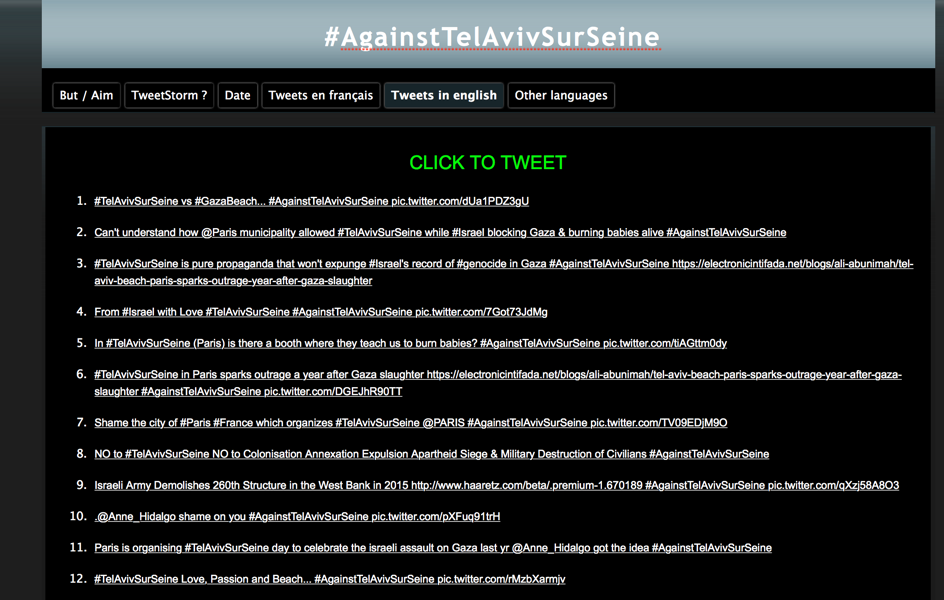 This makes for a rather poor vocabulary:
This makes for a rather poor vocabulary: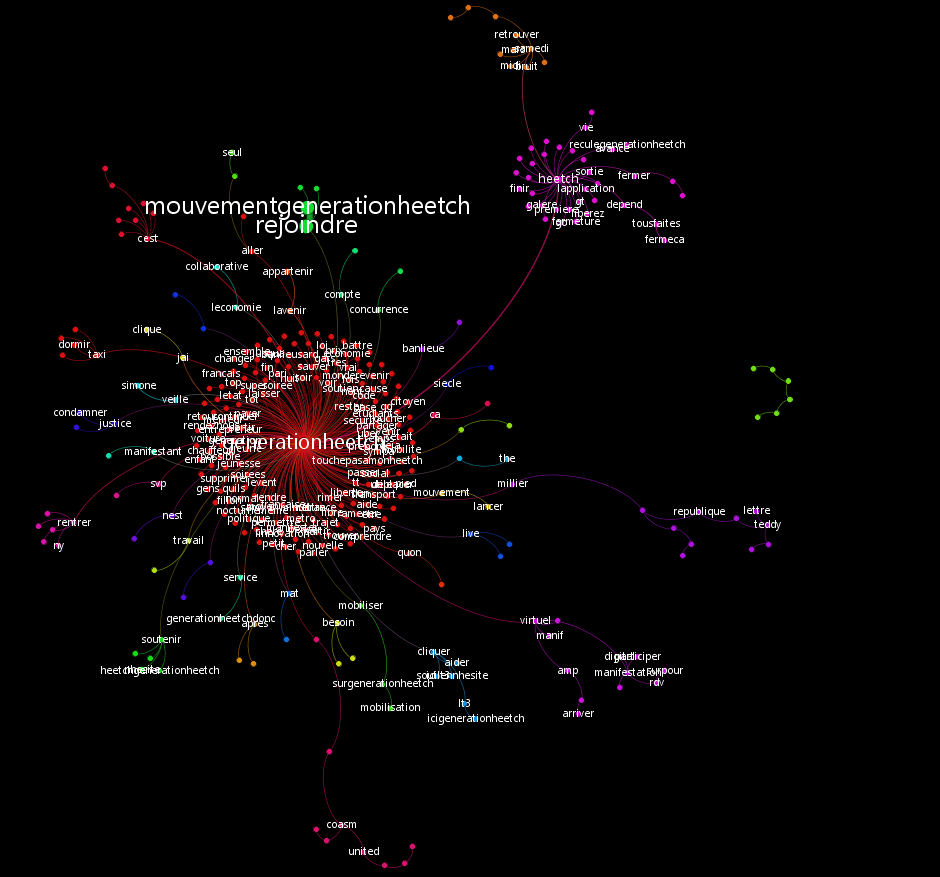
- Unclear objectives
- The rush



